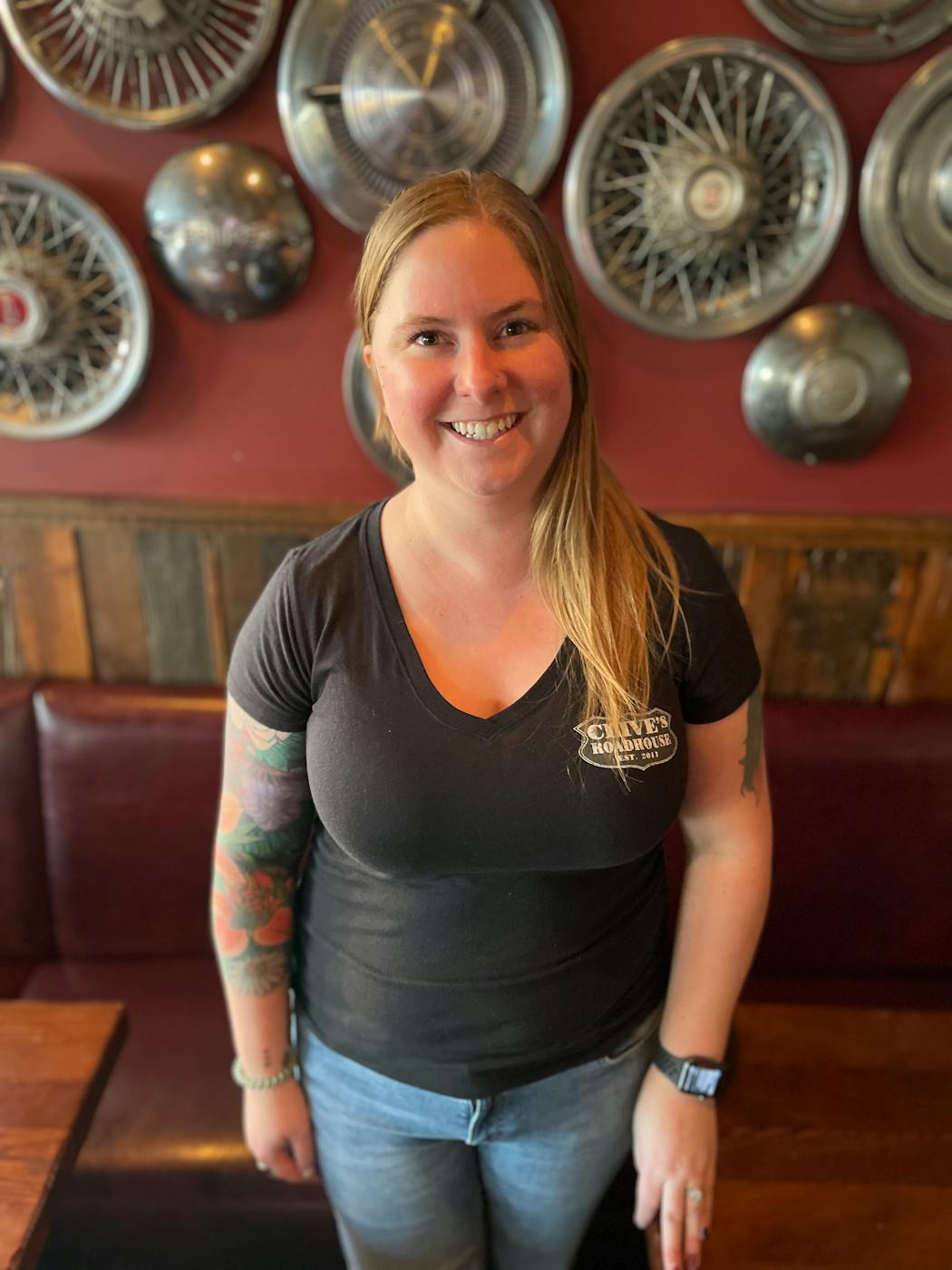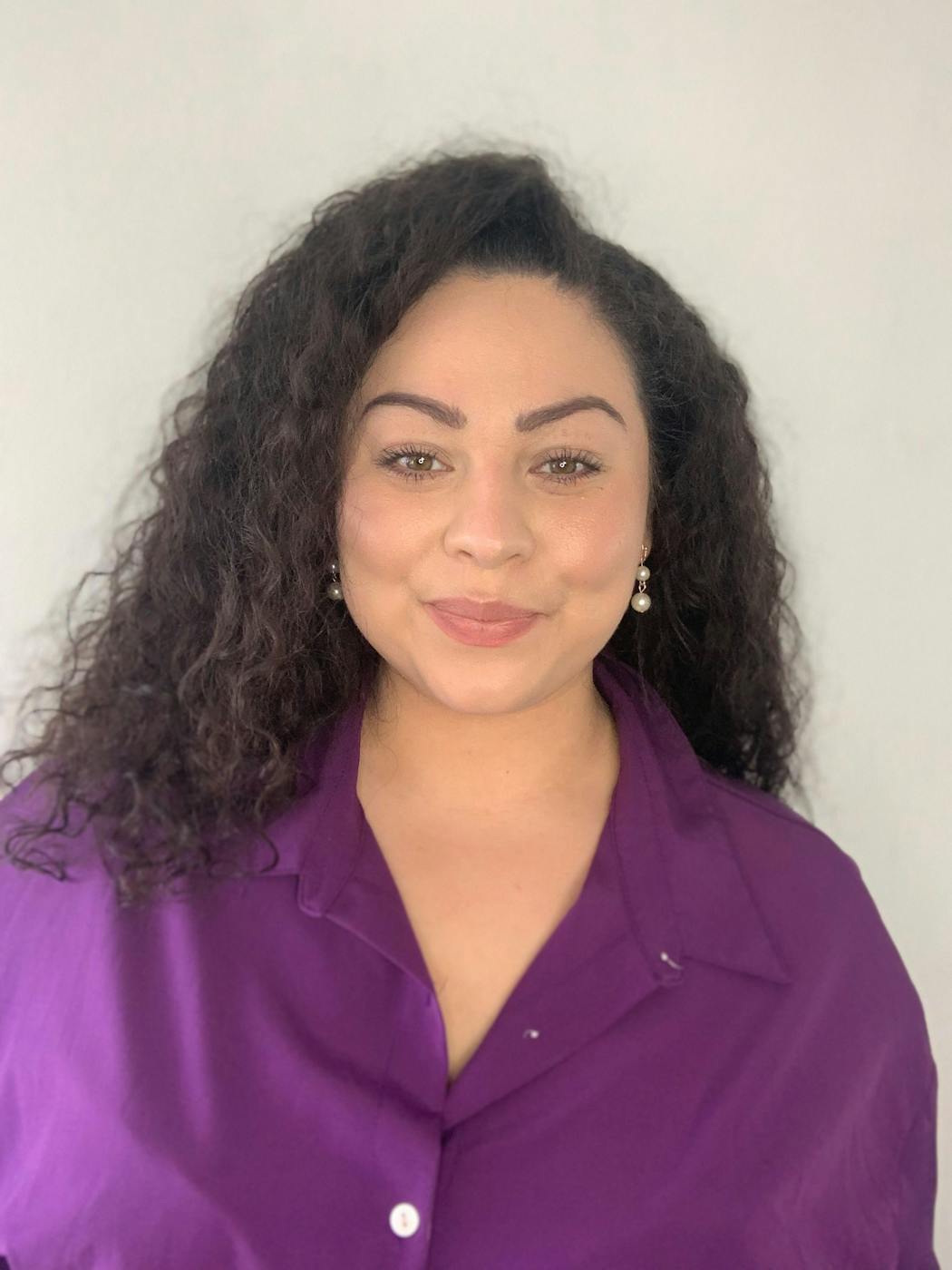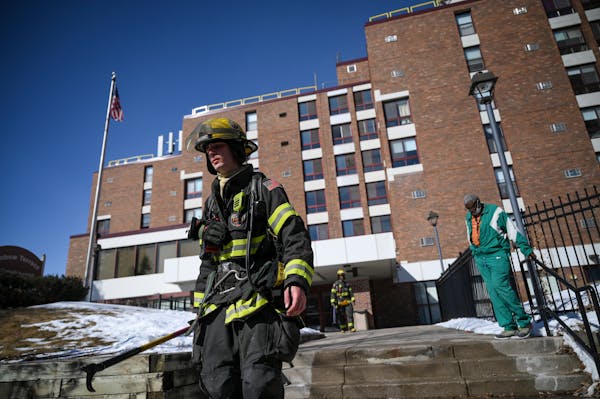When Jenny Barrett took out nearly $80,000 in student loans to attend an out-of-state school from 2019 to 2021, she wasn't worried about repaying them.
She figured college was the next step, and she'd worry about the debt once she had a job.
"I think most of us are pretty naïve at 17 or 18, and my parents didn't go to college, so I didn't have anyone to course me through it," the 22-year-old said.
The current average student loan debt in Minnesota is nearly $34,000, according to the Education Data Initiative. As the student loan pause ended last month, many borrowers faced making payments for the first time in 3½ years. Any hope Biden's plan would erase some debt soon ended when the U.S. Supreme Court struck it down earlier this year.
Barrett, who graduated from college two years ago, is planning to live with her mom and dad indefinitely. Another borrower is putting off having kids. A current University of Minnesota student dreams of law school but will attend only if a scholarship covers the costs.
Before borrowing tens of thousands of dollars to attend college, all said high school students should educate themselves about managing money, student loans and credit cards to avoid a debt treadmill.
They shared personal stories of dealing with their educational debt.
Out-of-state opportunity
One of the best ideas Barrett said she ever had was to earn her associate's degree while in high school through the state's postsecondary enrollment options program.
"If I hadn't have done that, college would have cost me double," she said.
But then, wanting to experience life in a red state, she chose to study political science at the University of Nebraska-Lincoln and paid out-of-state tuition.
She completed her degree in 2021 and is now a field director on a Minneapolis City Council campaign, making $4,000 a month as an independent contractor.
Her student loans — totaling $76,000 — run her $498 a month. Barrett's dad co-signed the bulk of her loans, which she'll be paying for 25 years.
Every month, she pays her bills plus about $1,500 toward her student loans, credit card debt and a car payment. She also stashes money away for taxes and savings so she can eventually move into her own place.
Barrett is not sure college was worth it, especially because she felt less engaged after her university classes transitioned online when the pandemic hit.
"I wish I would have sat down with someone before I took out the loans to know what I was getting into, especially with an out-of-state school," she said.
Barrett was disappointed when Biden's loan forgiveness plan didn't come to fruition, as it would have eliminated $20,000 of her loans.
"That would have been absolutely life-changing," she said.
Because her rent and living expenses in Nebraska were all she could afford, Barrett didn't pay down the student loans during the pause and felt overwhelmed looking at them.
After she returned to live with her parents in South St. Paul last year, her car died, and she purchased a used Subaru Outback, depleting her savings. She's now planning to live with her parents indefinitely.
"In terms of the future, what I think about the most is not being able to buy a house," she said.
A decade of debt
Casi Rogers racked up $80,000 in student loan debt and graduated with a statistics degree from Winona State University a decade ago.
She used her degree in a couple of jobs after college. But Rogers, now 32 and a restaurant manager in the north suburbs, wishes she'd known then that a desk job wasn't for her. She still has to pay off $60,000 in loans at $500 a month for 15 years. She also makes car and credit card payments out of her monthly take-home pay that ranges from $2,400 to $3,600.
"A student loan feels like a punch to the gut, and there's nothing you can do because you were told this is something you're supposed to do," Rogers said. "But at the end of the day, it's a decision you made."
During a challenging period after graduation, she converted her federal student loans her father co-signed into private loans for a lower monthly payment as she also balanced a car payment and credit card debt.
As a result, she had only short pauses on her debt during the shutdowns and wouldn't have qualified for Biden's debt forgiveness had it moved forward.
"I will be honest, I was pretty irresponsible financially when I was younger," Rogers said.
Now married and living with her husband at their Albertville townhome, her salary goes toward her debt while her husband pays the other household bills.
"Right now, my husband and I are talking about kids, but my mentality is I'm worried about affording them with the bills I have in place," she said.
If Rogers were graduating from high school today, she'd attend community college and work more while in school to avoid debt.
"I wish I had been told there was another option besides going to a four-year school," she said.
Law school dreams
Karina Villeda is a junior studying political science at the University of Minnesota.
The 28-year-old worked as a bartender before her first two years at Inver Hills Community College for a paralegal certificate. As president of student advocacy group LeadMN, she's all too familiar with students facing a mountain of debt and was disappointed that loan forgiveness didn't happen.
"I would have been one of the people getting my debt erased, and that would have helped me," she said. "These students, the people would have gotten their debt forgiven, they would have been able to buy a house, get a good running car and not live paycheck to paycheck."
Villeda expects to accumulate up to $12,000 in federal student loans overall when she graduates after receiving aid and scholarships. She'd applied for dozens of scholarships. To afford going to college, she moved back in with her parents in South St. Paul, downsized her vehicle and shops at food shelves.
She saw her parents work long hours as small-business owners to put food on the table with no vacations, Girl Scouts or summer camp, so she decided to become the first in her family to attend college, hoping she could provide a better life for her 2-year-old.
Villeda feels privileged that her mother cares for her daughter while she attends school and works, knowing child care is a struggle for other single parents.
Her take-home pay of $1,000 a month currently covers her car insurance, a phone bill, credit cards and gas, as well as contributing to her parents' mortgage.
Villeda wants to become a lawyer and plans to take a course to boost her LSAT score, as she aims for a scholarship to cover the cost of law school.
If that doesn't come through, then she won't go.
"I would make the most of my bachelor's degree," she said. "But I would love to go to law school."
Winner of $1.3 billion Powerball jackpot is an immigrant from Laos who has cancer
California is joining with a New Jersey company to make a generic opioid overdose reversal drug




